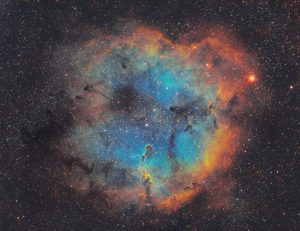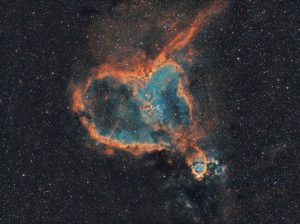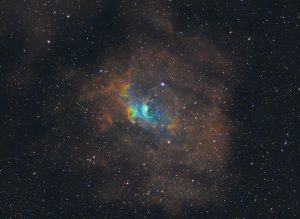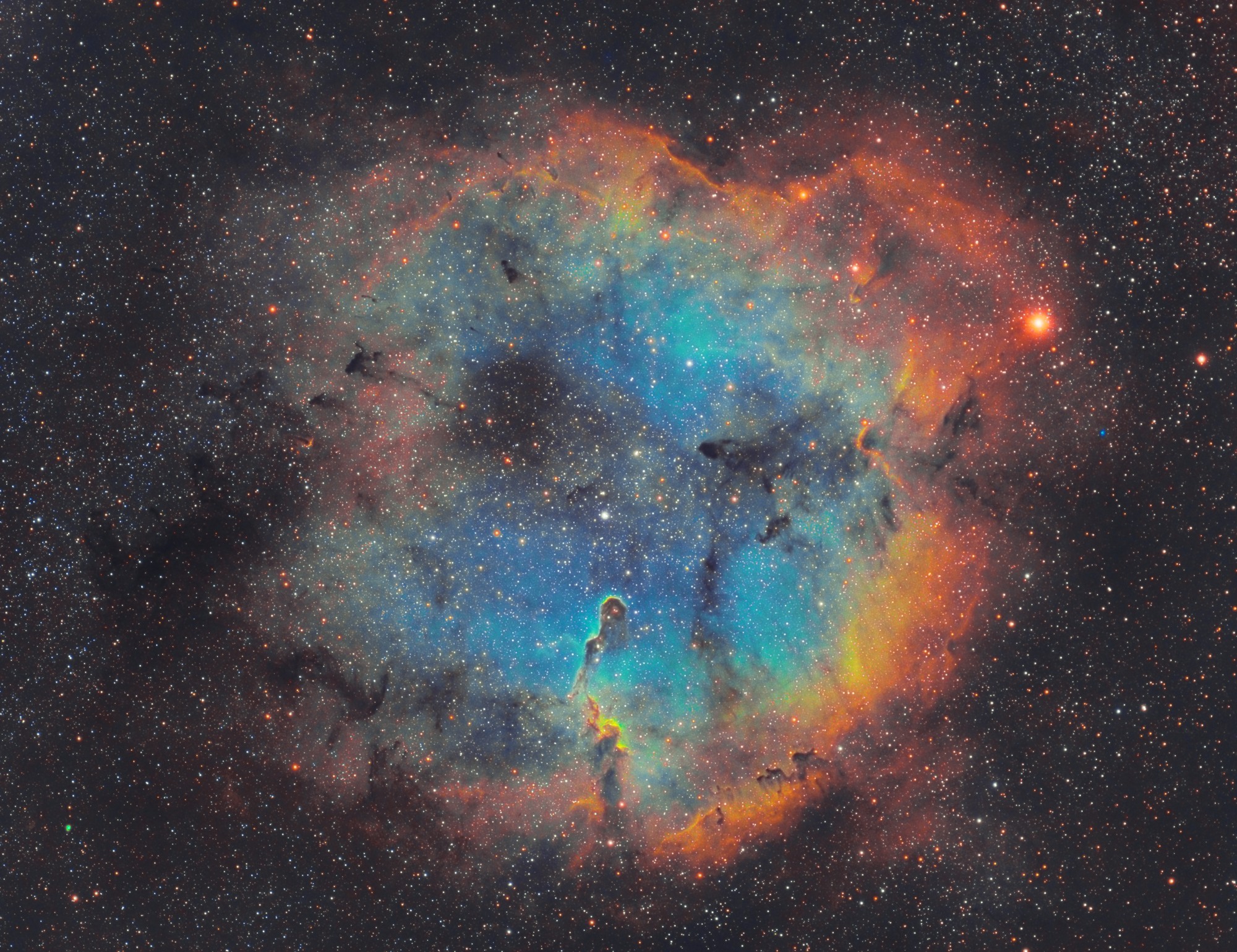Due to the pandemic, we are isolated from others. We do miss our friends and in-person social activities. However, once in a long time, we have the chance to explore new hobbies and focus on things that we can enjoy by ourselves at home. For me, astrophotography is the way to go. Since the beginning of the pandemic, I have been doing astrophotography–taking photos of the universe above Earth.

The Elephant's Trunk Nebula is a concentration of interstellar gas and dust within the much larger ionized gas region IC 1396 located in the constellation Cepheus about 2,400 light-years away from Earth. Photo credit: Zhuofu Li
The Elephant’s Trunk Nebula is a concentration of interstellar gas and dust within the much larger ionized gas region IC 1396 located in the constellation Cepheus about 2,400 light-years away from Earth.

The Heart Nebula, IC 1805, Sharpless 2-190, lies some 7500 light-years away from Earth and is located in the Perseus Arm of the Galaxy in the constellation Cassiopeia. It was discovered by William Herschel on 3 November 1787. It is an emission nebula showing glowing ionized hydrogen gas and darker dust lanes. Photo credit: Zhuofu Li
The Heart Nebula, IC 1805, Sharpless 2-190, lies some 7500 light-years away from Earth and is located in the Perseus Arm of the Galaxy in the constellation Cassiopeia. It was discovered by William Herschel on 3 November 1787. It is an emission nebula showing glowing ionized hydrogen gas and darker dust lanes.

NGC 7635, also known as the Bubble Nebula, Sharpless 162, or Caldwell 11, is an H II region emission nebula in the constellation Cassiopeia. It lies close to the direction of the open cluster Messier 52. The "bubble" is created by the stellar wind from a massive hot, 8.7 magnitude young central star, SAO 20575. Photo credit: Zhuofu Li
NGC 7635, also known as the Bubble Nebula, Sharpless 162, or Caldwell 11, is an H II region emission nebula in the constellation Cassiopeia. It lies close to the direction of the open cluster Messier 52. The “bubble” is created by the stellar wind from a massive hot, 8.7 magnitude young central star, SAO 20575.

